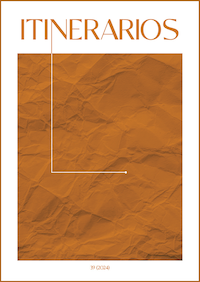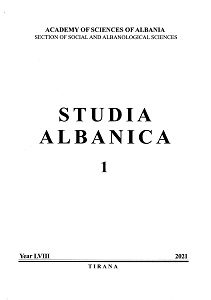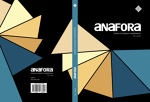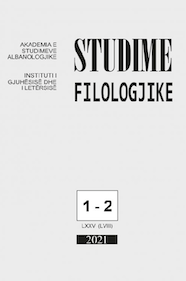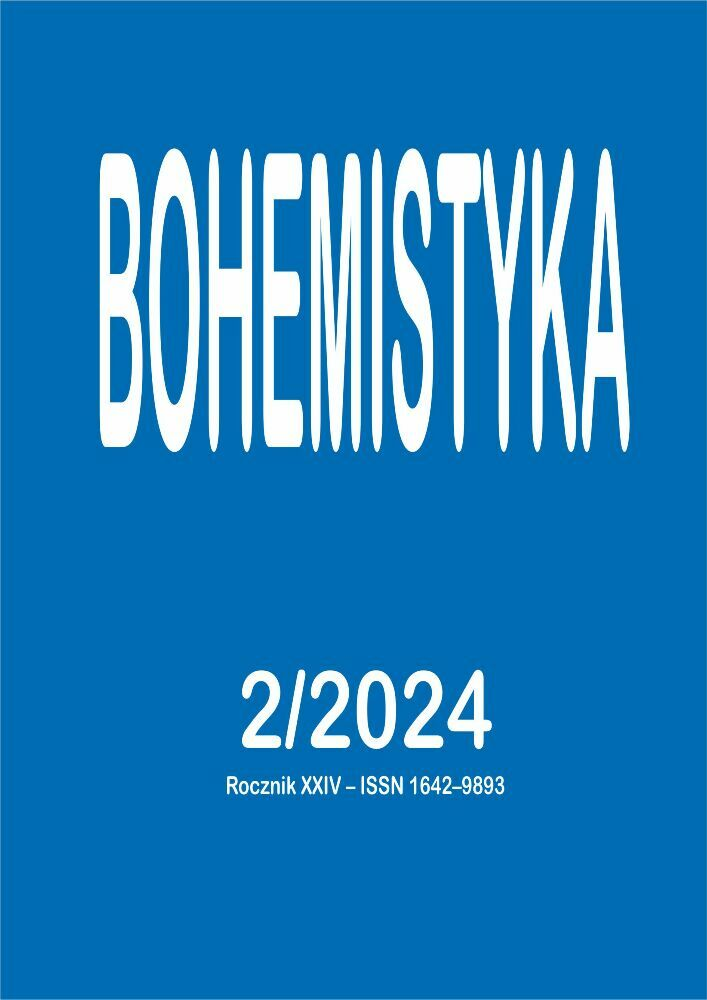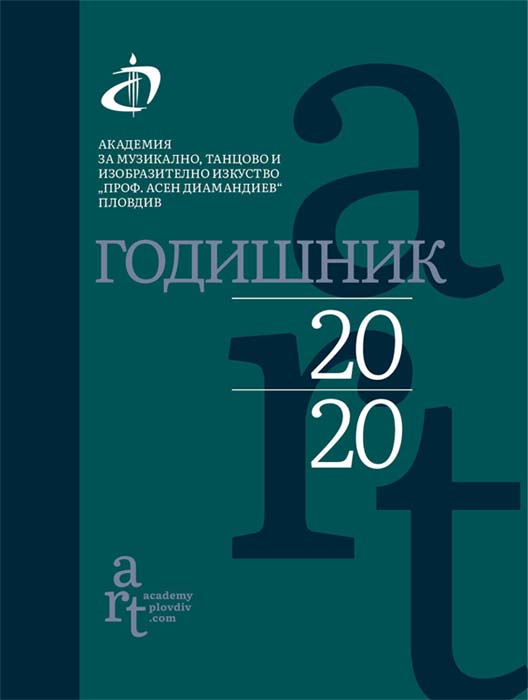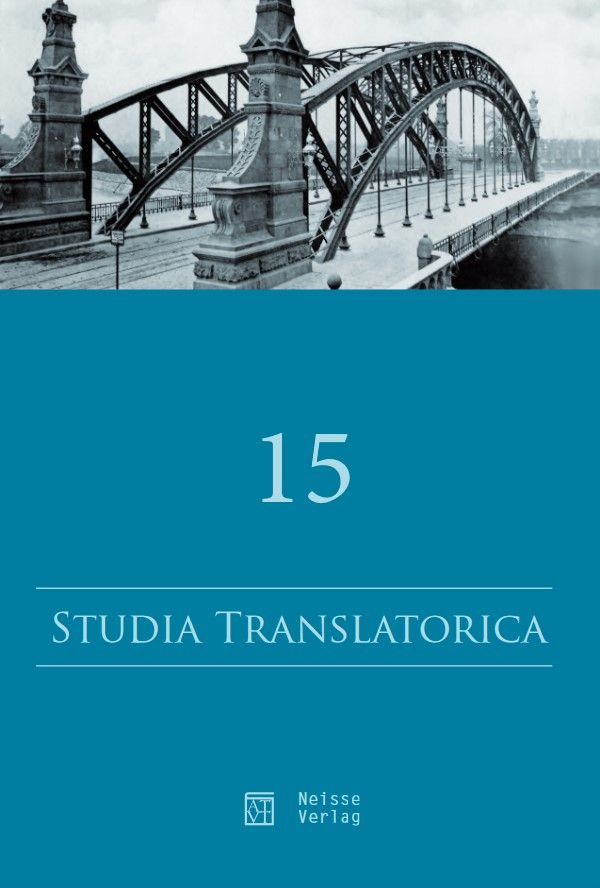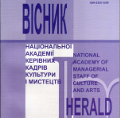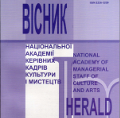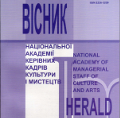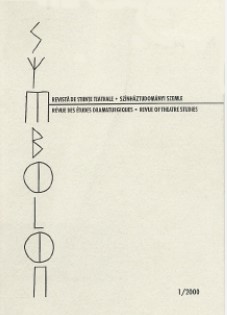Author(s): Nobuhiro Terada / Language(s): Ukrainian
Issue: 3/2024
The purpose of the work is to identify changes in the repertoire policy of these institutions based on the analysis of the activities of the national opera and ballet theaters of Ukraine, which are determined by the influence of Russian military aggression and worldview and value transformations that are being formed in Ukrainian society and are aimed at protecting cultural and national identity. The research methodology is based on such scientific methods as analytical, comparative, and art studies, which made it possible to obtain reasonable research results and formulate appropriate conclusions. The scientific novelty of the work consists in the generalization and systematization of the activities of the national opera and ballet theaters (Kyiv, Lviv, Odesa) in the conditions of military aggression and the study of the corresponding changes in the repertoire policy, caused by the rejection of the repertoire related to Russian culture, instead of the promotion by the national opera theaters and ballet of Ukrainian culture and its values among the international community. Conclusions. As a result of the conducted research, it was established that in the conditions of martial law, art, and in particular opera and ballet, in addition to continuing to perform their immediate functions, become expressions and symbols of indomitability and national stability. Modern productions, reflecting the drama of the time, make it possible to convey the complex emotions of the people, their pain of loss and hope for victory in an artistic form. In addition, national opera and ballet theaters acquire other features in their activities, transform into cultural hubs engaged in charity, volunteering, joining various public initiatives, especially among foreign colleagues and partners. Performances of opera and ballet troupes become an important component of the informational and cultural struggle against aggression, demonstrating the strength and beauty of Ukrainian culture to the world. The abandonment of the Russian repertoire by Ukrainian opera and ballet theaters during the war is a significant and symbolic step, driven by both cultural and political motives, which is part of a wider process of decolonization of Ukrainian culture and a break with the imperial heritage. This step symbolizes the desire for cultural independence, support of national identity and rejection of any form of cultural dependence on the aggressor country. Thus, the national opera and ballet theaters in Ukraine, despite all the difficulties, continue their activities, fulfilling not only a cultural, but also a social and patriotic mission in the conditions of war.
More...


